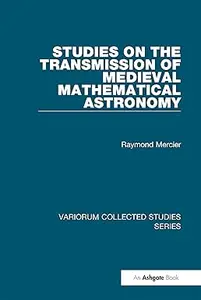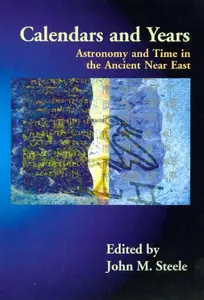 Free Download Raymond Mercier, "Studies on the Transmission of Medieval Mathematical Astronomy "
Free Download Raymond Mercier, "Studies on the Transmission of Medieval Mathematical Astronomy "
English | ISBN: 0860789497 | 2004 | 334 pages | EPUB, PDF | 8 MB + 16 MB
Studies on the Transmission of Medieval Mathematical Astronomy opens with a new survey of the transmission of Hellenistic astronomy, followed by two studies on how the notion of precession was treated by Babylonian, Greek, Indian, Arabic and Latin hands. Next is a survey of the astronomical tables that appeared in Latin during the 12th century, drawn mainly from Arabic and to some extent from Hebrew, as well as a special study of the Latin tables for London and Pisa drawn originally from the 10th-century Islamic astronomer al-Sufi. For the Sanskrit texts the focus is on the demonstration that the systems were founded on observations made in India, even though much of the theory was Greek in origin. On Byzantine material there are studies of the Persian Syntaxis whose source lay in the Persian Zij-i Ilkhani, and of the diverse materials drawn on by Gemistus Plethon. Mercier’s work shows that there is a unity in medieval astronomy in spite of the great diversity in cultural settings, which included South and Central Asia, the Middle East, Byzantium, and Europe. The texts were recorded in all the major languages of this great region, from Sanskrit to Latin, over a period of time stretching from the late classical world to late medieval Europe. Yet these astronomical texts have much in common, drawn from the whole apparatus of Ptolemaic, or rather more inclusively, Greek astronomy. Transmission is demonstrated partly by the continuity of technical terms, and partly by the conservation and development of numerical parameters.
(more…)










